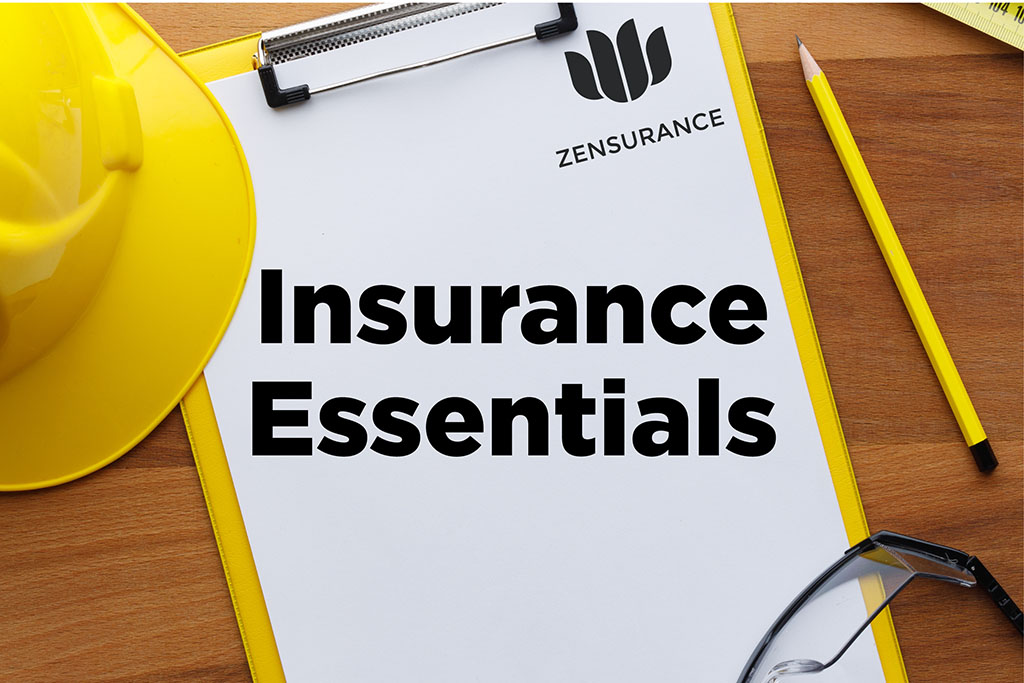Inflation is forcing builders and contractors to re-evaluate their budgets to account for higher building material expenses and transportation costs. Your insurance policy is not immune to the ravages of inflation. Here’s how to ensure you’re adequately protected.
We may be eager to embrace a post-pandemic world, but the business environment today is not the same as it was before. The pandemic’s repercussions will continue to be felt across all industries, including construction.
Canada’s inflation rate jumped to a 31-year high of 6.7 per cent in mid-April, triggered by the pandemic and other factors such as supply chain imbalances, record-low interest rates and the conflict in Ukraine.
However, with the cost of everything rocketing upward, transportation and shipping costs are leading the surge thanks to spiking fuel prices, which are up by an estimated 39.8 per cent since March of last year.
These unrelenting pressures are forcing builders and contractors to re-evaluate their budgets and, in turn, increase their fees to account for higher building material expenses and transportation costs. But it doesn’t stop there.
The escalating cost of building materials and fuel is only one area of concern. There’s also the cost of servicing, replacing or upgrading the necessary tools, equipment and vehicles contractors need to do their jobs has also shot up. Unfortunately, there doesn’t seem to be any winners in this financial climate.
But a more immediate, if not underlying concern, may be found in how inflation affects your existing insurance coverage. Specifically, does your current insurance policy adequately cover you if you need to file a claim for damage or loss? Suppose your existing policy’s coverage and deduction limits you chose were set close to one year ago. Are those limits adequate in today’s hyper-inflated financial climate if you suffer a financial loss? They may not be.
Re-examining your operational expenses
You need to take a hard look at several operating expenses to determine if your existing insurance policy is up to snuff or if changes are required. Start by considering your inventory.
For example, if you’re a carpenter who has an inventory of lumber stored in a warehouse or on your commercial property, at what price did you purchase it?
It’s well-known lumber prices hit near-record highs in the last year, and though they may have dipped by an estimated 20 per cent in early 2022, many housing market experts anticipate costs to rise again. Part of the reason for that is tied to the challenges mills are having transporting their goods to market thanks to fluctuating freight rates and difficulties finding adequate transportation.
Nevertheless, the price you will pay to replenish your lumber supplies will undoubtedly be significant compared to what you doled out one year ago.
Now, imagine if a fire tore through your warehouse and destroyed your existing inventory.
Naturally, you’d file a commercial property insurance claim with your insurer to cover the cost of repairing your warehouse and replacing your inventory. But, hypothetically speaking, if the coverage limit on your policy is set at $1 million and the damage to your property and inventory is more than $1.5 million, it’s plain to see your existing policy’s coverage won’t be enough to reimburse you, leaving you out-of-pocket to pay the balance.
Apply the same train of thought to other parts of your business, including your tools and equipment, the vehicles you use, and your commercial property and its contents. The point is to have an accurate account of what your assets and inventory are worth and what it may cost to replace them if damaged, destroyed, stolen, or lost.
How to ensure your insurance coverage is adequate
Once you’ve assessed the current expenditures you face, and in addition to increasing your prices for the work you do, it’s time to get an insurance check-up. Call your broker and ask for a review of your existing policy. Find out precisely what you’re covered for, how much coverage you have, and identify gaps in your policy that need to be filled by enhancing it.
Furthermore, it may be worthwhile to ask your broker to shop around to see if they can find you a better deal than what you have presently. Contrary to popular belief, switching insurance carriers is not difficult or unusual before your renewal date. An insurance company may charge you a fee for cancelling a policy ahead of your renewal date if you decide to switch to another provider. Whether it makes sense for you to do so depends on what that fee is – it may be a flat rate or a percentage of your overall premium.
Regardless, it’s your business and your call. It never hurts to shop around to see if you can get the optimum amount of coverage you need at a fair price. But when buying insurance, aiming for the cheapest price you can find isn’t always the best option. In our current economic environment, the last thing you should skimp on is protecting your business and wallet.
Jon Hogg is a licensed broker and team lead, digital solutions, contractors at Zensurance, Canada’s leading digital business insurance brokerage. Get a free quote for your insurance needs by visiting Zensurance.com/DCN.











Recent Comments